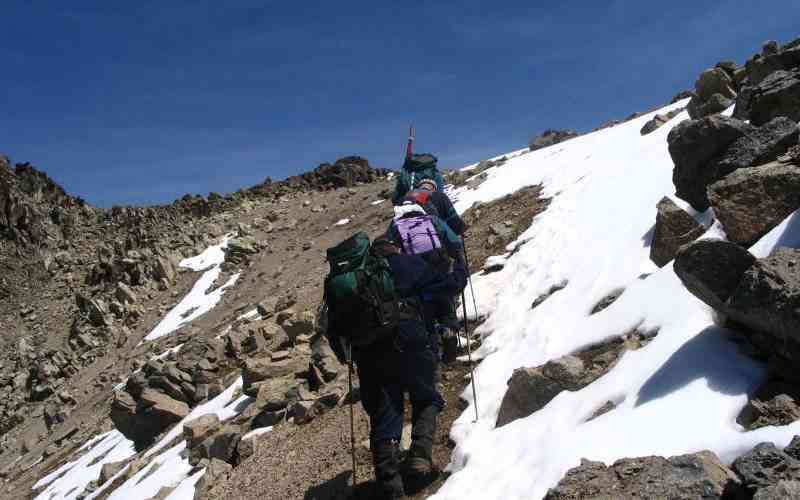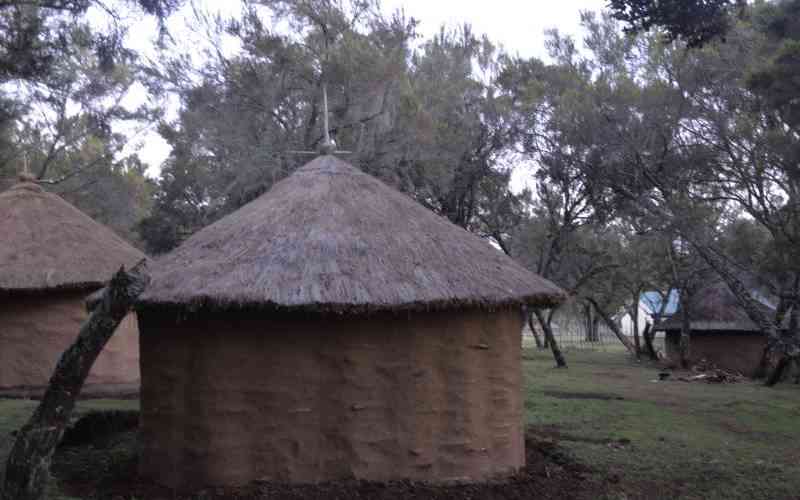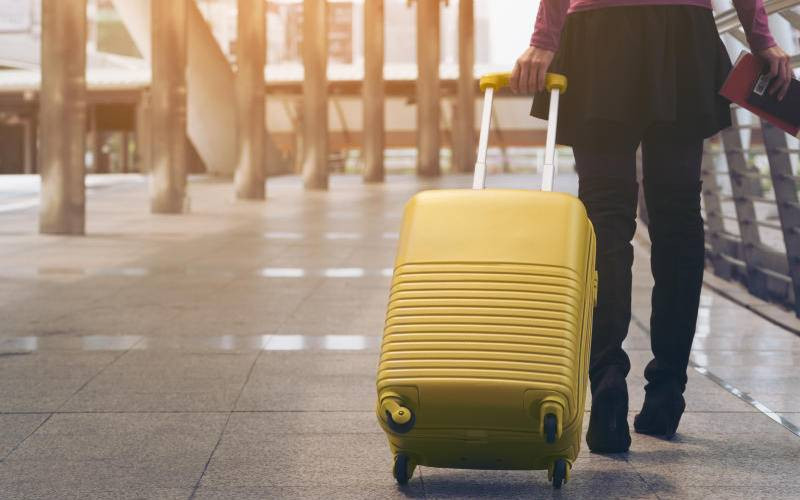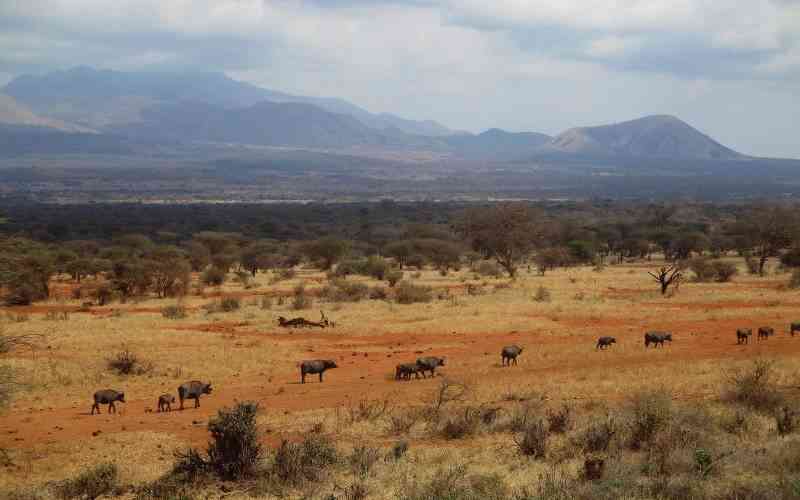
The Kenyan tourism offering has mostly been safari and beaches, but this is changing to include adventure.
Stakeholders are now focused on growing different products, among them mountain climbing. And with the diverse offering of climbing locations, hiking enthusiasts are already ahead of official policy.
However, hiking needs careful preparation, especially if you are talking about demanding peaks like Mt Kenya, Mt Elgon, and the Aberdares.
You cannot hit the mountain hiking trail without packing crucial essentials that could save your life, or just your summit attempt.
I learnt that during a recent experience – from the hot Hells Kitchen of Marafa, Malindi at 42 degrees Celsius to the chilling summit of Mt Kenya, at 6 degrees Celsius in less than 24 hours. It was like committing suicide. I needed special gear and time to acclimatise before taking such a drastic venture.
Hiking essentials
You need a backpack that is comfortable, lightweight, and big enough to hold all your hiking gear, but not so big that you are tempted to overpack. It should have comfortable padded straps, a hip belt that can be stashed away, a water-resistant exterior, and a padded back panel.
A water bottle is next. Carry a bottle that will come in handy on a long hike or in case of an emergency. The ideal bottle should have a filter that removes bacteria, parasites, and chemicals. You can also carry purified water.
Most hikers forget portable batteries and are stuck (I was on my hike to Lake Ellis) with a dead phone in an emergency situation. If you get lost, having a charged cell phone is essential.
A good set of hiking poles can help save your knees from strain on the descent, and prevent slips and falls on tough terrain or muddy trails. The poles should be lightweight for an on-the-go hiker.
You also need low-top hiking shoes for short hikes. These should offer you stability, and shock absorption; they should be waterproof, and breathable.
If you are hiking for longer, tougher hikes, opt for hiking boots over shoes. Hiking boots offer more ankle support, as well as additional protection from bites, scrapes, and water. Closed lace hooks help keep your boots on tightly, and toe and heel caps offer extra protection on rocky terrain.
Good socks are the key to comfortable hiking. They keep your feet dry, prevent blisters, and provide cushioning and warmth. Wear socks that absorb moisture, prevent chafing, and help regulate your temperature.
And choose sunglasses that allow you to enjoy the beautiful views while hiking – the hills, the mountains, the landscapes. Protect your eyes with sunglasses that wrap-around frames for full eye protection and scratch-resistant lenses to handle whatever the hiking trail throws at you.
Other items include hiking shirts, shorts, T-shirts, underwear; lessos, kikois, mats, sleeping bags, caps, hats, gloves, cold protection garments, and heat resistance garments, all of which should be comfortable and prevent any irritation.
Don’t forget sunscreen, bug spray, tissues, hand sanitiser, emergency kit, blister band-aids, lip balm, SPF (sun protection), and hair ties for the ladies.
 The Standard Group Plc is a multi-media organization with investments in media platforms spanning newspaper print
operations, television, radio broadcasting, digital and online services. The Standard Group is recognized as a
leading multi-media house in Kenya with a key influence in matters of national and international interest.
The Standard Group Plc is a multi-media organization with investments in media platforms spanning newspaper print
operations, television, radio broadcasting, digital and online services. The Standard Group is recognized as a
leading multi-media house in Kenya with a key influence in matters of national and international interest.











